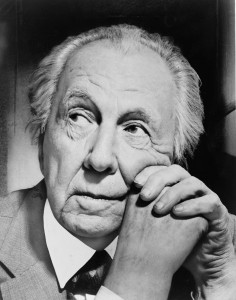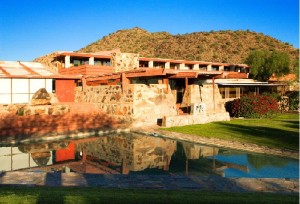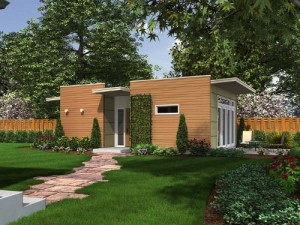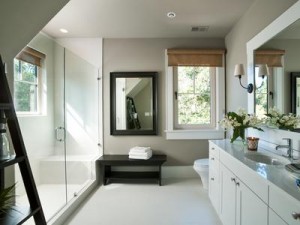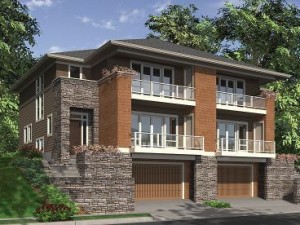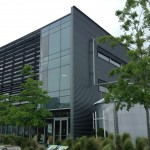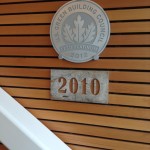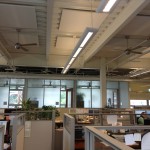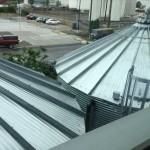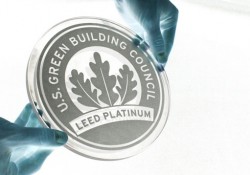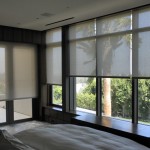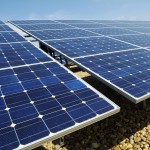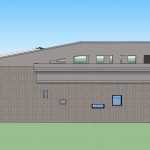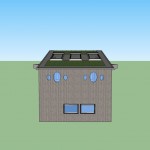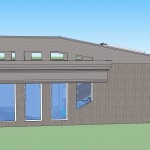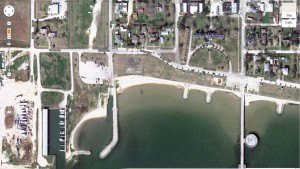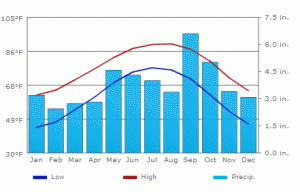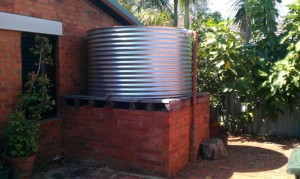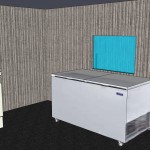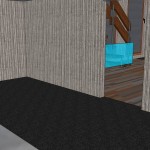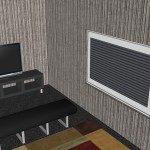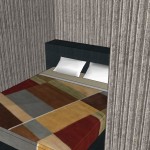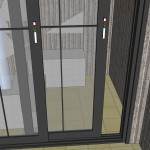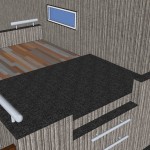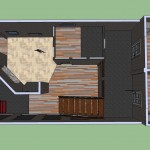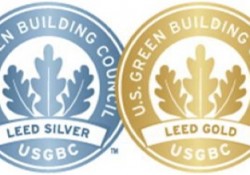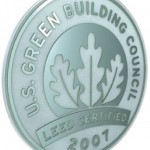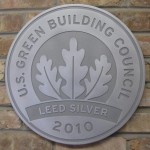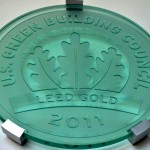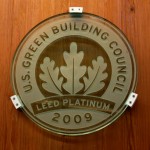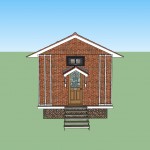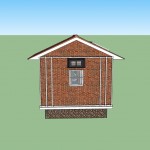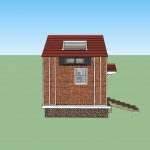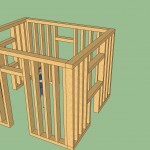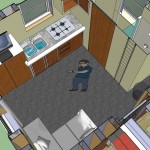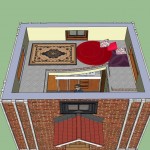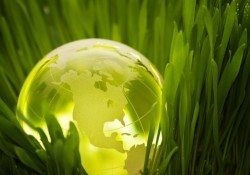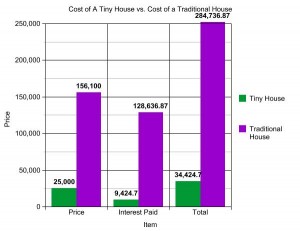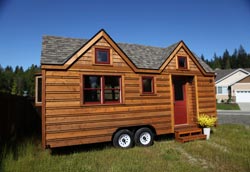For this set of research I’ve decided to look up some local architect firms or future references of finding a job. Educating myself about who does what, who values what most important who sees what I see. Knowing about the different firms out there I feel will also influence me on what my style is because discovering inspirational ideas or features will help find what I like about particular areas of a building and why I like it. So far studying about architecture my style of architecture that I see as my favorite is narrowed down to the French Renaissance Period and Sustainable design, so I why not try integrate features between each era and see how it goes. The architect firms that I have chosen to do research on are BLRB and BCRA both are located in Tacoma Washington; actually they are not that far from each other. And the last sustainable design architect group is a local firm; I would call it more of a program, “Rural Studios” works with recycled materials in their designs. Without further ado the research.
BCRA:
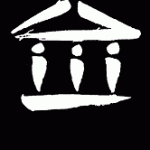
Location:
2106 Pacific Avenue, Suite 300
Tacoma, WA 98402
About:
BCRC is an architect firm that is focused on incorporating innovative non- traditional design features in their projects. Because of their unique and spread in variety of their architect team they have the sources of having a specialized trained worker in the design field of a project. Having a 48 member crew the BCRA architects has many different perspectives and thoughts put into each design showing their clients the amount of dedication was put in a design. BCRA is divided into many different sub teams giving them a broader range of creativity to the drafting board, the teams are: Healthcare, Commercial, Education, Parks + Recreation, Community + Arts, Residential, and a Government design team. Having so many teams I can only imagine how many projects this firm has. After doing my research about this firm I like the innovative design element to the firm but its missing my favorite “Sustainable Design”, but i enjoyed learning about them! Below I included a couple pictures from the design team that I favored in the firm.
Goal Statements from the Teams:
Healthcare Team:
“BCRA Education blends design innovation with social engagement to create bold environments that build up communities. Our experience with Early Childhood Development centers, public and private K-12 schools, and higher education ensures our solutions will be well-rounded and build on the latest design philosophies and technologies. In the end, our goal is to design spaces where people can thrive.”
http://bcradesign.com/healthcare
Commercial Team:
“As designers in the private sector, we appreciate how our solutions affect stakeholder investment and equity. Beginning with efficient design and proactive communication, we provide clear design objectives and effective, time-sensitive results that help ensure our clients come out ahead and their properties have staying power. BCRA Commercial brings a portfolio of design experience that spans mixed-use, retail, hospitality, financial and office spaces.”
http://bcradesign.com/commercial
Education Team:
“BCRA Education blends design innovation with social engagement to create bold environments that build up communities. Our experience with Early Childhood Development centers, public and private K-12 schools, and higher education ensures our solutions will be well-rounded and build on the latest design philosophies and technologies. In the end, our goal is to design spaces where people can thrive.”


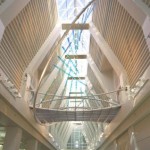
http://bcradesign.com/education
Parks + Recreation Team:
“Important to health, fitness, connection and imagination for our communities, parks and recreation facilities play a key role in our national health. We take a holistic approach to parks and recreation design and consider how signage and other visual indicators can activate and enliven spaces. Our combined disciplines work to craft the poetry of urban greening, and the delight of exciting fitness and aquatics spaces.”
http://bcradesign.com/parks-recreation
Community + Art Team:
“Whether working on a museum, worship center or theater, Community + Arts projects are intensely personal spaces. To gain client buy-in, BCRA’s team of architects, interior designers, landscape architects, engineers and environmental graphics specialists leads stakeholder committees through programming and design workshops to prioritize project goals. Our intimate process utilizes creative thinking to guide design decisions and in turn, maximize every dollar of the budget.”
http://bcradesign.com/community-arts
Residential Team:
“BCRA Residential leverages the latest market dynamics, trends and amenity packages to help your property stand out, generating maximum financial returns while designing spaces that people want to live in. Whether creating for rent or ownership properties, we craft each development to fit its location, seamlessly blending a property with the surround community and creating optimal livability for residents. We work with you to understand the needs of today, while building in flexibility for the desires of tomorrow.”
http://bcradesign.com/residential
Government Team:
“For decades, we have brought together the latest designs for mission-critical, operations, maintenance, residential and lifestyle facilities for every branch of the U.S. Department of Defense, National Park Service, General Services Administration and dozens of other federal agencies. As a top design/build A/E services firm, BCRA Government is proud to support the mission of our armed service members, elected officials and administrators.”
http://bcradesign.com/government
BLRB:
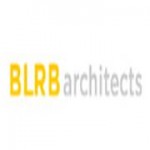
Location:
Tacoma Washington
1250 Pacific Avenue
Suite 700
Tacoma, WA 98402
ABOUT:
BLRB was founded in 1953; it’s a mid-size architecture firm with a regional reputation and offices throughout the Northwest of Washington in: Tacoma, Spokane, Portland and Bend. Their projects show great attention and care by making sure their client’s unique ideas and aspirations are exceeding past the clients expectations. Being highly trained in architecture for public use they have acquired significant experience in the planning, design and construction phases for different types of buildings including: educational facilities, athletic fields and stadiums, gymnasiums, aquatic facilities, single and multifamily housing. Since the 1990’s they have been the leading edge of environmentally conscious design also known as sustainable architecture. After reading about this firm and visiting them I realized that I would really enjoy a career there because, it suites me and I really enjoy the amount of service they have provided for students education. One of my favorite projects that they completed in 2004 is my high school Mount Tahoma because of the horse shoe building shape and amount of space that it provides for its students, and it also reminds me of French Renaissance architecture a bit.
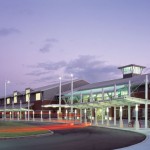
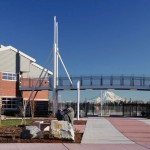
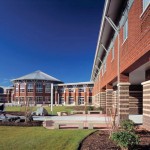
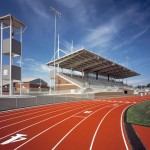
Project Information
http://www.blrb.com/project/7
TYPE: Replacement
SIZE: 277,912 SF
CONSTRUCTION: $56,500,000
COMPLETION: 2004
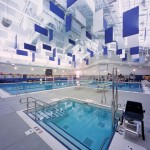
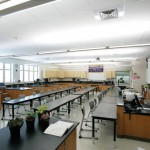
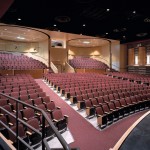
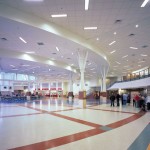
http://www.blrb.com/project/7
Rural Studios

Location:
AUBURN UNIVERSITY
School of Architecture, Planning and Landscape Architecture
104 Dudley Hall | Auburn University, AL | 36849
http://ruralstudio.businesscatalyst.com/
ABOUT:
Rural Studios before I Start to introduce Rural Studio I must inform you that this is not a firm, it’s an undergraduate program located in Alabama at Auburn University organized by D.K. Ruth and Samuel Mockbee. The rural studio is different from other university architecture programs, instead of sitting in a classroom students gain first hands on experience by designing and constructing buildings in rural Alabama. These buildings are the result of collaborating with the clients and community directly. The mission of the rural studio is to “enable each participating student to cross the threshold of misconceived opinions by putting their educational values to work as citizens of a community.” Their belief is that architecture should be created from within, not from outside.
SmokeHouse:


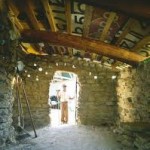
http://ruralstudio.businesscatalyst.com/projects/smoke-house
Music Mans Houses:
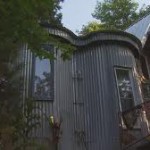
http://ruralstudio.businesscatalyst.com/projects/music-man-house
